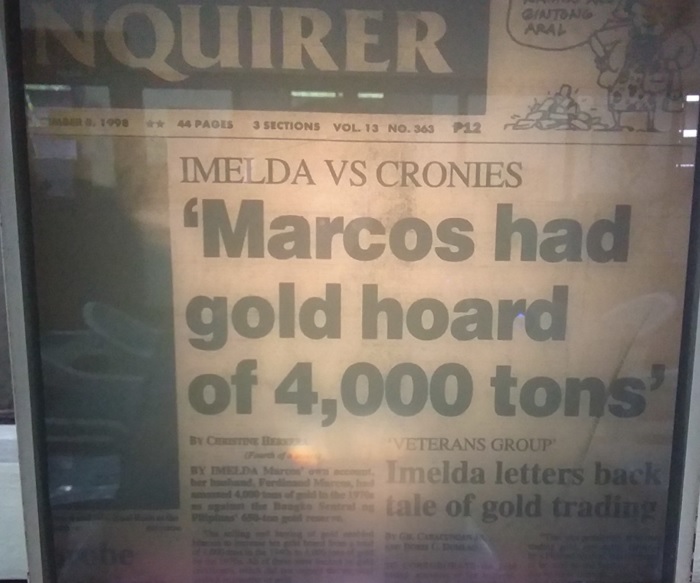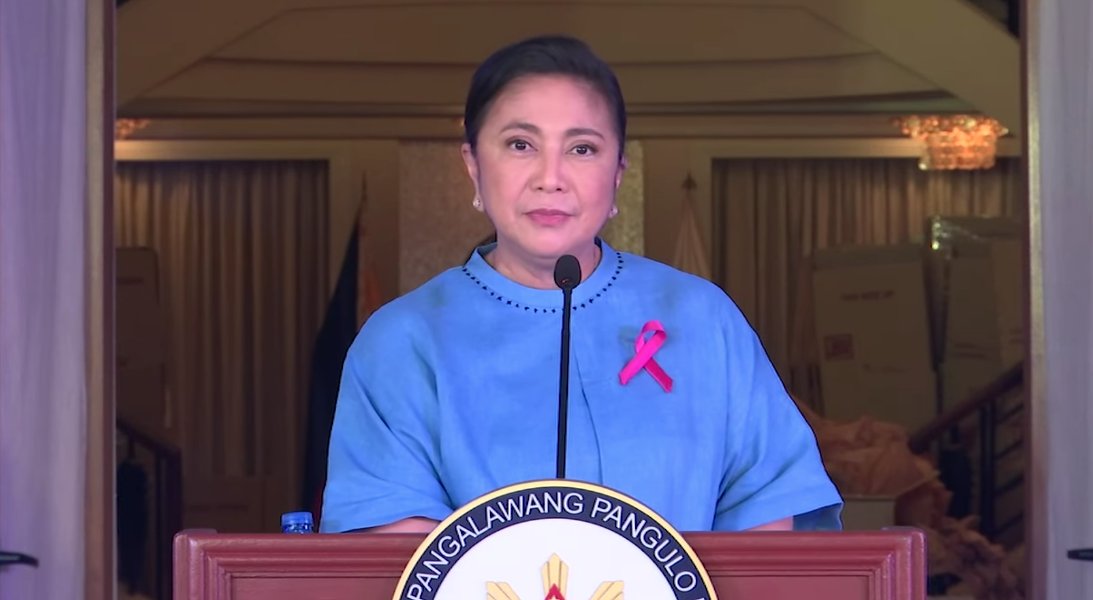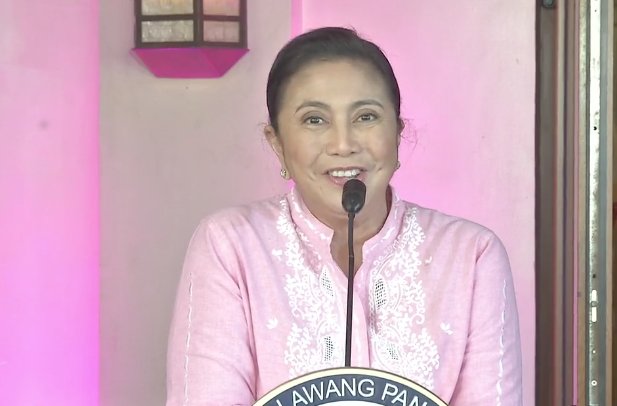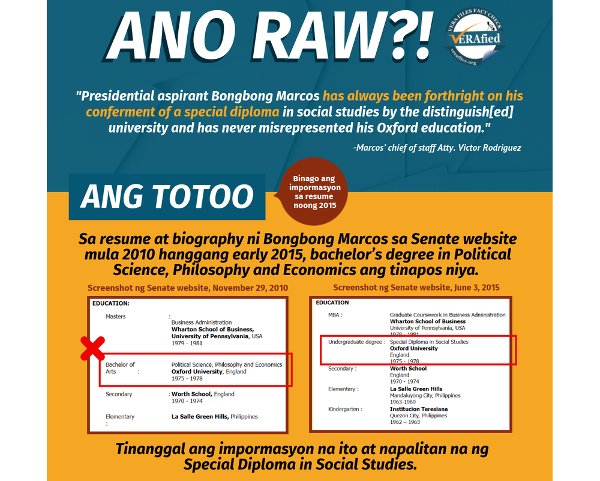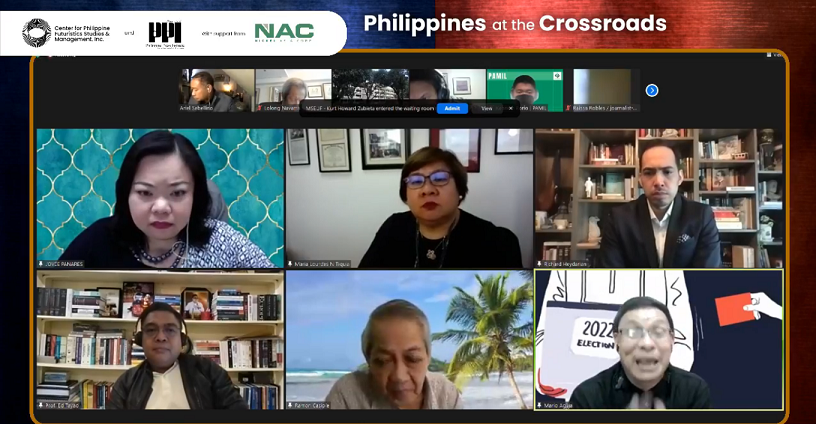I am told, over and over, that one of the reasons why Ferdinand R. Marcos Jr. is so high up in the polls is because millions of Filipinos have been made to believe in the “Marcos gold”.
More specifically, I am told that there are groups of supporters who have joined certain associations because, once Marcos Jr. is elected, the gold will be returned to the Philippines and each member will receive a proper share.
If indeed this has been the selling point of a Marcos Jr. candidacy, and if indeed it’s true, I’d like to know where I can sign up.
The “Marcos gold” story has as many variants as CoVid 19, maybe even more in fact. If I am not mistaken the longest running variant is about Marcos (the father) as a guerrilla leader chancing upon or discovering the goals hoard that the Japanese forces in the Far East were hiding in the Philippines, a hoard they were planning to bring home to Japan until defeat caught up with them.
Another has to do with a “golden Buddha” statuette discovered by a man surnamed Roxas and that Imelda Marcos allegedly took from him without proper compensation. There’s also stories that even before the Japanese occupation the Marcoses were already rich although how they got their fortune pre-war isn’t clear to me.
And then there’s the anti-Marcos storyline that all these are illegally acquired wealth from kickbacks during their years in power, particularly from 1972 onwards, that were stashed away in foreign banks at a time when money laundering was not yet a crime.
(Here’s an aside for today’s generation: what Chinese companies are accused of doing nowadays used to be practiced even by American and Japanese and European firms. In the 1970s, however, a popular Japanese Prime Minister, Kakuei Tanaka, had to give up his post in disgrace after it was discovered that the US aircraft supplier Lockheed had bribed its way into a defense contract with the Japanese government. The resulting brouhaha led to the passing in 1977 of the Foreign Corrupt Practices Act in the US, and eventually other Western countries followed suit. But note that the Act was passed only in 1977; so you can just imagine what went on before that.)
Like most Filipinos I only hear about these “Marcos gold” stories when they’re passed around by word of mouth or on social media. Unlike most Filipinos however I did have a chance to be part of some of the drama around this, particular in the late 1980s when the former President was in exile in Hawaii and he was asking help from Enrique Zobel to help facilitate the return to the Philippines of the “Marcos gold”.
I am reminded of this today as I mark what should have been Enrique Zobel’s 95th birthday.
I’ll write about the details some other time but the bottom line is, nothing happened because the former President died before a foundation could be set up to do this. The Philippine government also refused to play along, suspecting the whole thing to be some sort of scam that would only serve to deodorize the Marcoses – “babango si Marcos” was the usual objection. Then Marcos died in 1989 which meant that if something had to be done, it had to involve all his heirs, from his widow to his four children (little Aimee was listed as one, together with Imee, Ferdinand Jr and Irene). And when the 1980s became the 1990s the Marcoses were back home and in politics and I guess this became a more promising avenue for them to fulfill the desire to “bring home the gold”, so to speak.
Maybe that’s what the BBM supporters are hoping for – that the plans of Marcos through Zobel would finally be fulfilled by Bongbong Marcos.
From “Babango si Marcos” to “Babangon muli!”
The views in this column are those of the author and do not necessarily reflect the views of VERA Files.
